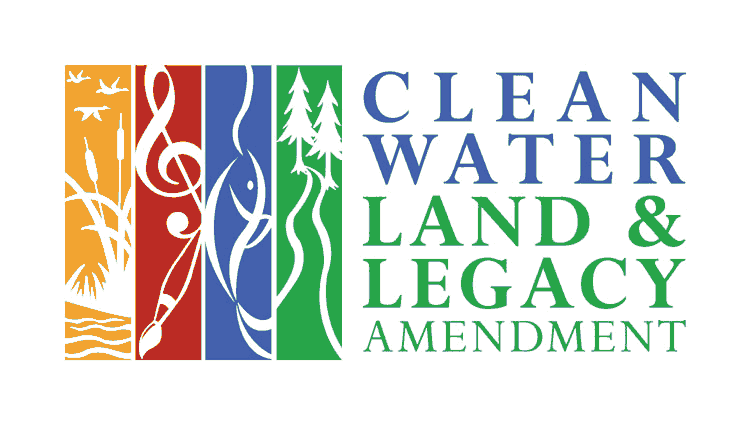‘Where do I belong?’ Native roots, hard realities surface in woman’s search for her past

Anita Fineday (left) and Peggy Mandel, on the day they first met.
Courtesy Peggy Mandel
Go Deeper.
Create an account or log in to save stories.
Like this?
Thanks for liking this story! We have added it to a list of your favorite stories.



